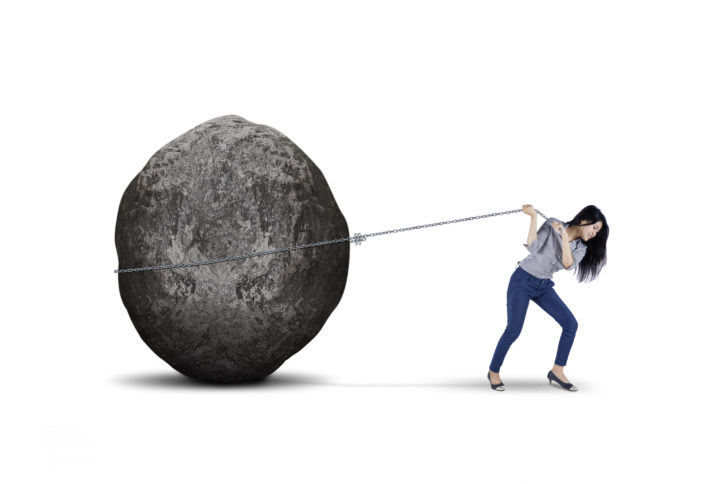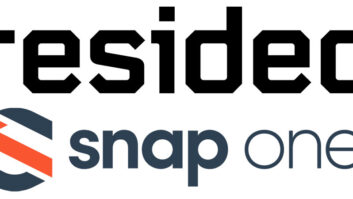
In 1979, researchers at the University of Waterloo in Ontario, Canada, conducted a study designed to gauge how people assess their own contributions in group settings. In one famous part of the study, researchers asked spouses: “How large was your personal contribution to keeping the place tidy, in percentages?” Similar questions were asked about tasks such as taking out the garbage, arranging social engagements, etc.
The researchers were curious what the answers would add up to when both spouses were asked the same question. Would the combined total be 100 percent? More? Less? As you might expect, the self-assessed contributions consistently added up to more than 100 percent.
This is due to a phenomenon that psychologists and social scientists call availability bias. In his book, Thinking Fast and Slow, author Daniel Kahneman defines this phenomenon as “the process of judging frequency by the ease with which instances come to mind.” In other words, spouses consistently overestimated their own contributions to household management because their own contributions were easier to recollect than those of their spouses.
Availability bias is, of course, not unique to spousal relationships. The same phenomenon is common across all collaborative teams. Individuals often overestimate their own contributions and believe that others are not pulling their weight. The same dynamic also plays out across various teams, with one group overestimating their collective contributions relative to that of others.
Also by Jason Griffing: The Curse of Knowledge
We’ve all seen the pernicious effect availability bias can have. Sales teams think it would be easier to sell the product if operations would just start pulling their weight. Operations teams think that sales teams ought to do something more than eat fancy client lunches and make unrealistic promises. Front-line teams think that engineers don’t listen to customers. Engineers think that front-line teams don’t really understand what it takes to solve problems. And so it goes, ad infinitum. Pick any two individuals or groups who have to collaborate together on a regular basis and you’re sure to find availability bias at work.
Availability bias can play out subtly or overtly. In either case, it’s a recipe for friction; when we understand this, we can take simple steps to prevent it. Preventing the problem of availability bias starts with creating greater empathy, awareness, and understanding.
Communicate: Ensure your teams have regular opportunities to share their work across departmental lines. At OneVision, we are experimenting with writing as a way to accomplish this. Writing allows us to avoid meeting fatigue, makes information more accessible, creates a valuable historical record, and forces clarity on the part of the writer. These are not lengthy, bureaucratic reports, just short summaries published in Notion or Slack summarizing key challenges individual teams have been working through.
Create an “Accountability Chart”: Like an org chart on steroids, the idea behind an accountability chart is to provide a clear visual representation of who is responsible for what within the company. Accountability charts are broken out by the major functions within a company — for example, Sales & Marketing, Finance, Project Operations, Sales Operations, etc. While the chart itself is a helpful tool for building empathy, the real value is the process of creating it. At OneVision, we’ve created our own and helped many of our partners do so as well. Participants are consistently surprised at how far this simple exercise goes in creating clarity and increased empathy about the workload across various teams.
Conduct Cross-Functional Shadowing Sessions: Giving employees a front-row seat to the day-to-day work of other teams is another great way to build empathy and understanding. It’s not practical to believe that we can fully train everyone in the company in every position. But one afternoon spent shadowing another position can be an eye-opening experience.
Also by Jason Griffing: Plans Don’t Matter — Planning Does
When it comes to gauging our own contributions toward a larger effort, availability bias can skew our perspective. Left unchecked, this can create a breeding ground for toxicity. If we understand the root of this imbalanced view, we can take proactive steps to address it. Focus on creating more empathy, awareness, and understanding across your company. Doing so will help everyone on your team gain a more balanced and realistic view about how their work fits into the bigger picture.







